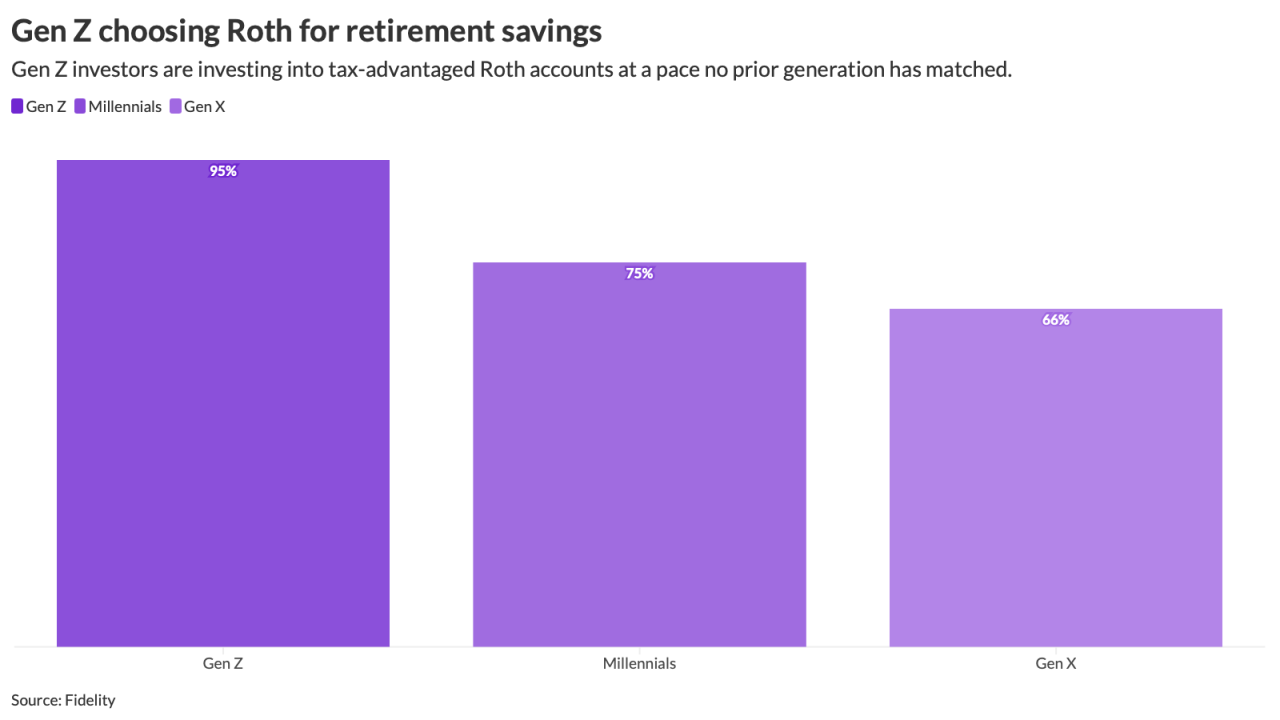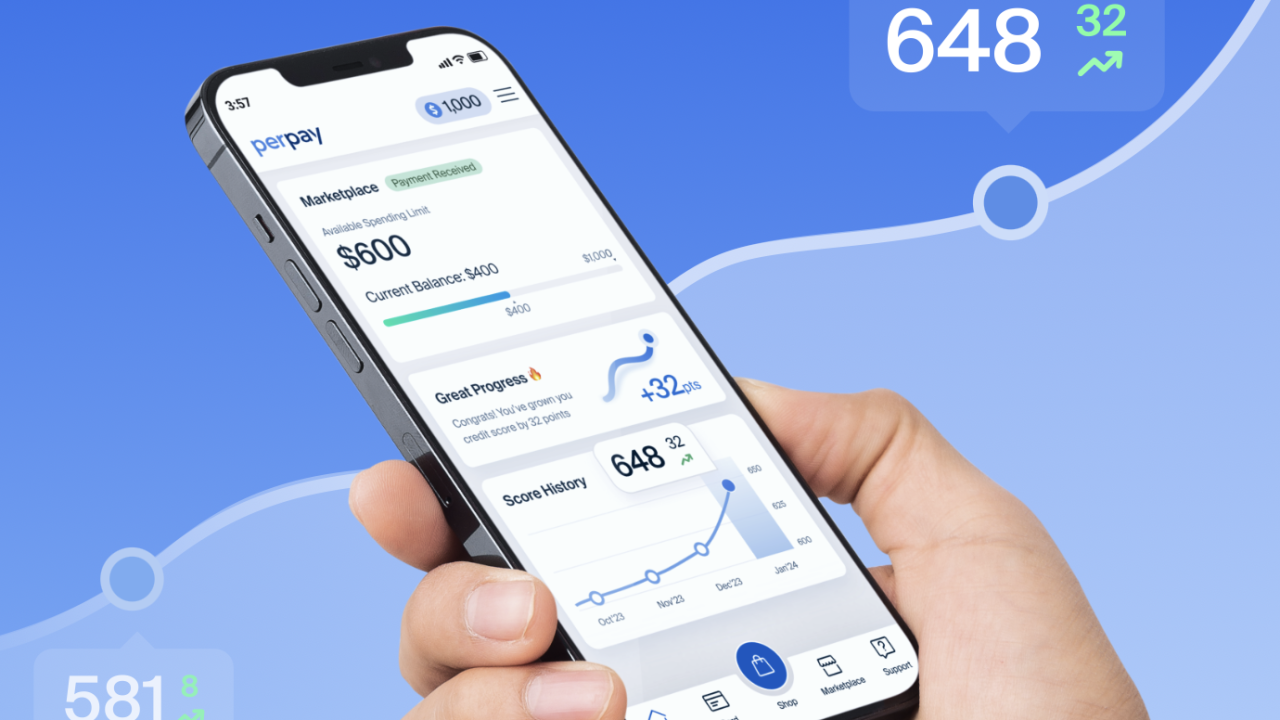The key to getting the most from employees while they're at work is to help them
Fifty-nine percent of employers plan to expand their efforts in addressing social determinants of health (SDOH) in the coming years, according to Business Group on Health. This means investing in benefits that target healthcare needs
"There are non-medical factors that are influencing employee health outcomes including where you were born, where you live and how you learn," says Sarah Liebel, COO of AI-powered benefit insights platform Nayya. "I like to say that employees' area codes are just as important as their genetic code."
Read more:
Social detriments of health are estimated to drive between 30-50% of health outcomes, according to recent research from healthcare insight and clinical data site Veradigm, compared to clinical care, which only impacts around 20% . This gap is due to the simple fact that without access to basic human needs, employees cannot
Workplace impact of SDOH
Within the benefit space, SDOH factors impact the full employee experience, according to Liebel, from which benefits to offer to
Another obstacle benefit leaders seldom take into consideration is
Read more:
"Most companies hand out a 300 page PDF file and say 'good luck,'" Liebel says. "But there are literacy differences and gaps within organizations, so how are they supposed to all pick the right plan for them? That's where SDOH benefits come in."
In order to address any potential education gaps, leaders should be offering
How to make SDOH-friendly benefits
Fortunately, most organizations are already
Read more:
"Leaders need to understand what the construct of SDOH is and how it contributes to overall employee health and productivity," Liebel says. "They need to be able to name it and identify what their benefits are and how they do or don't support the SDOH framework."
In order to identify which SDOH areas an organization needs to focus on,
"We need more data to be able to offer more personalized services and to do that we need trust for employees to want to share that information," Liebel says. "We need to achieve better connectivity and understanding because the more leaders know about employees they're serving, I think the more diverse the offerings that they can create."






